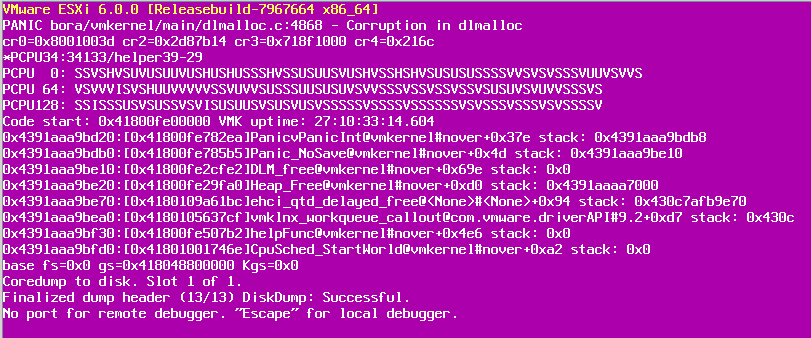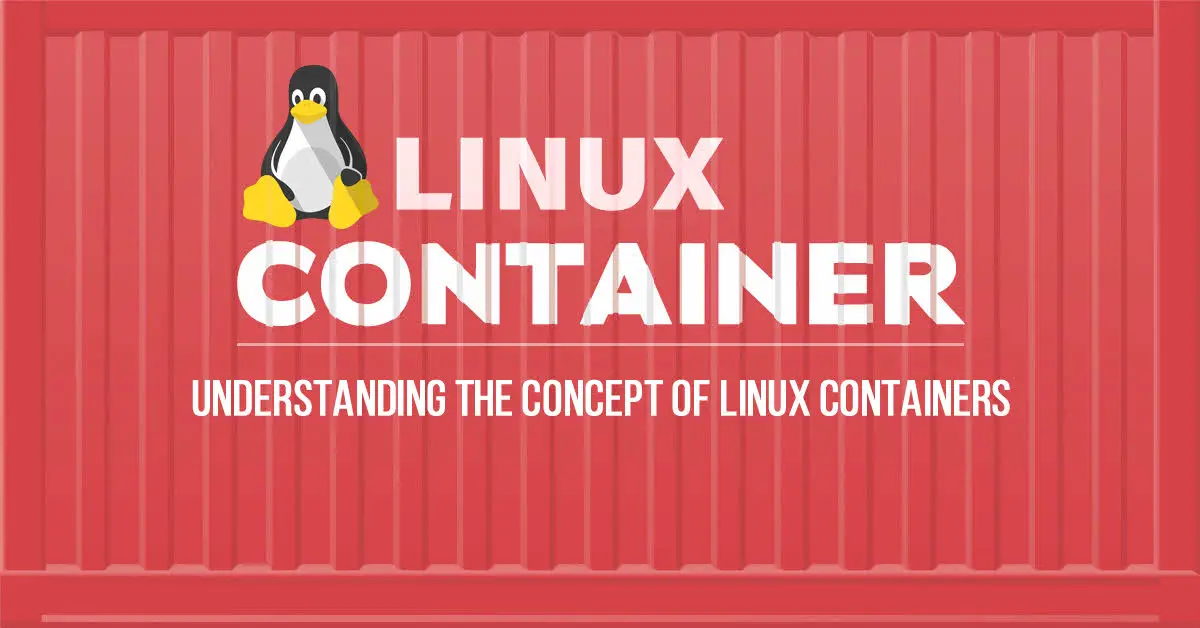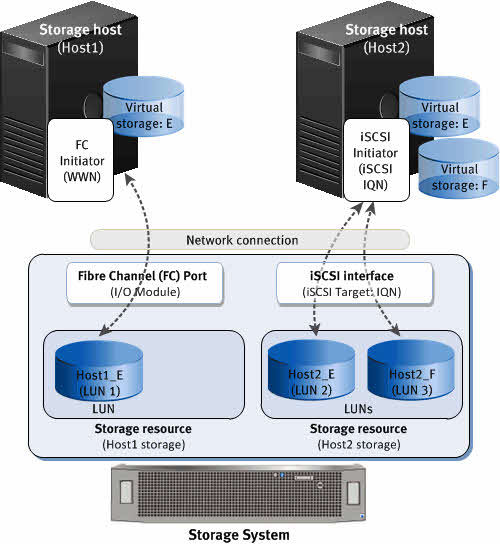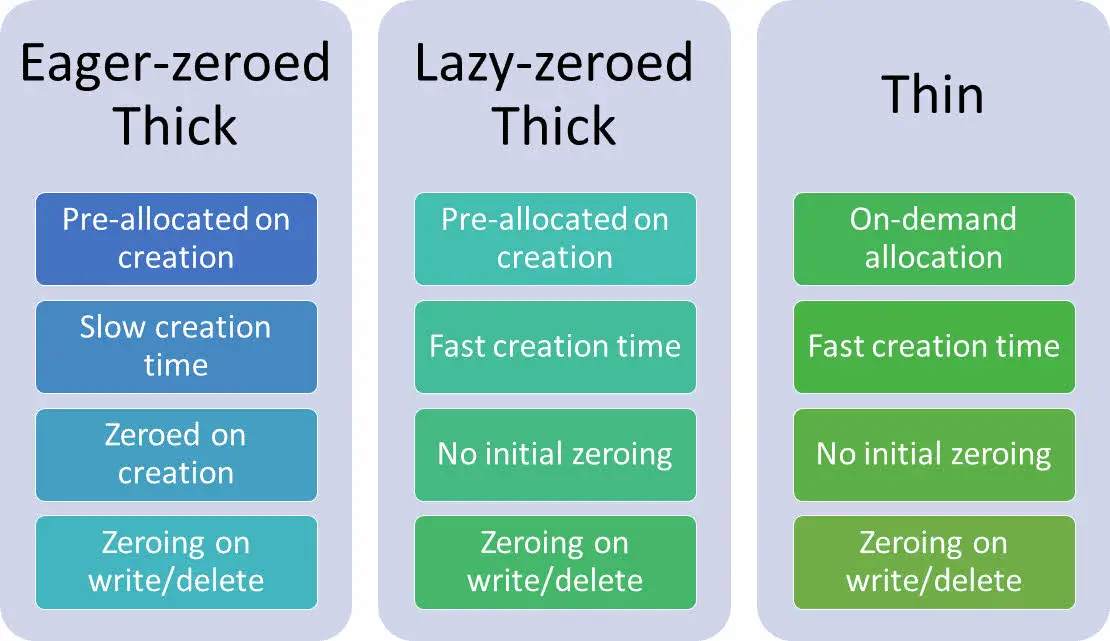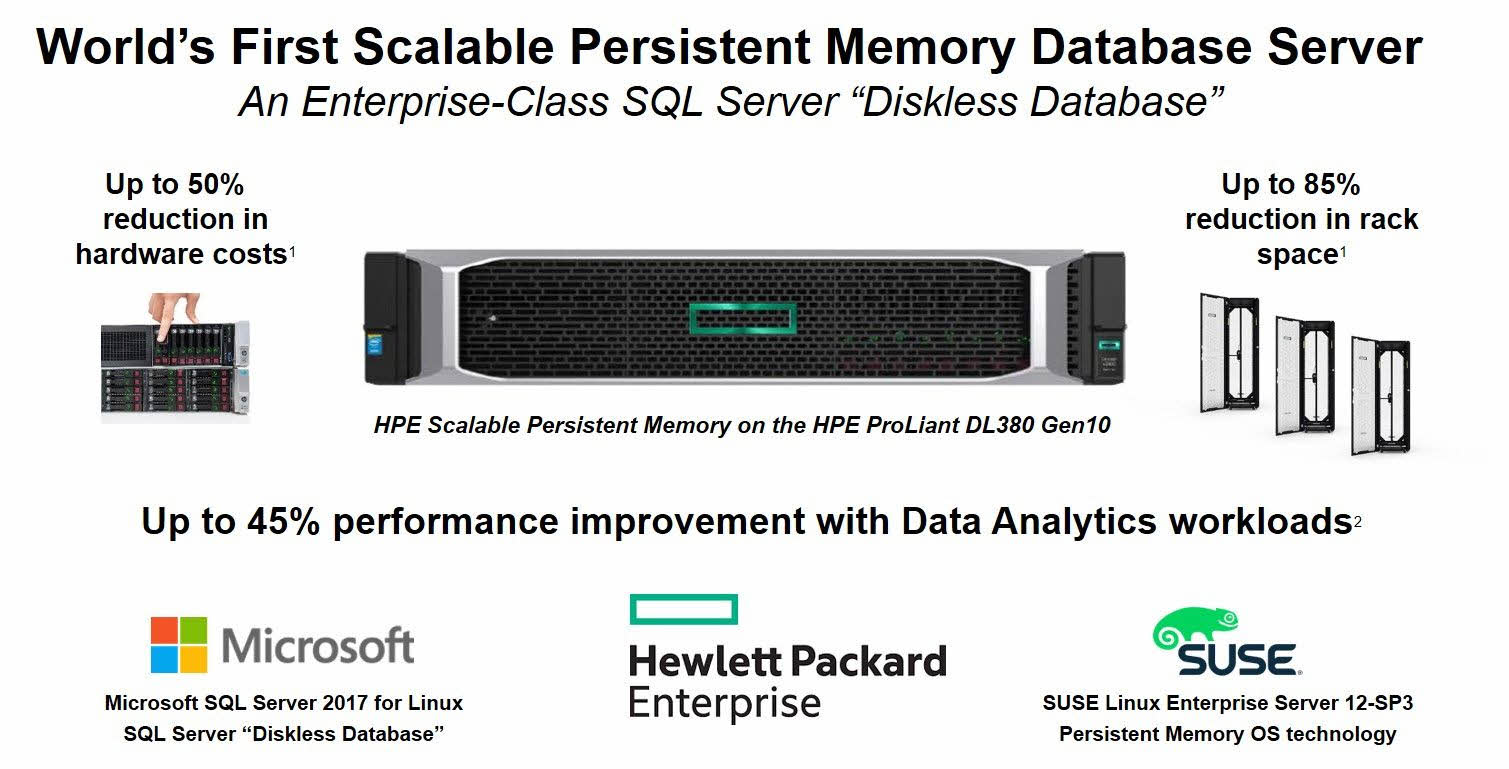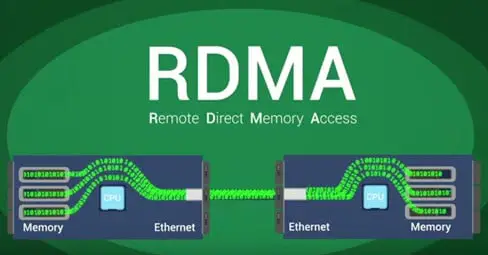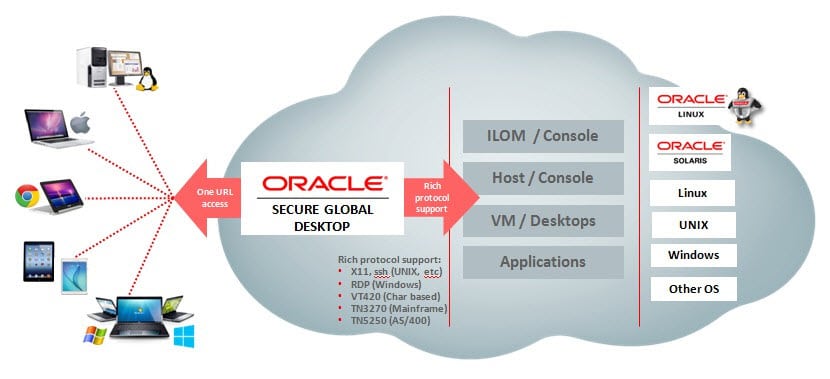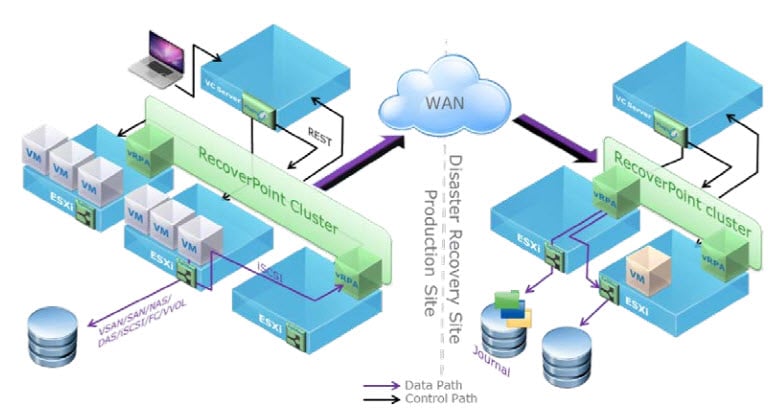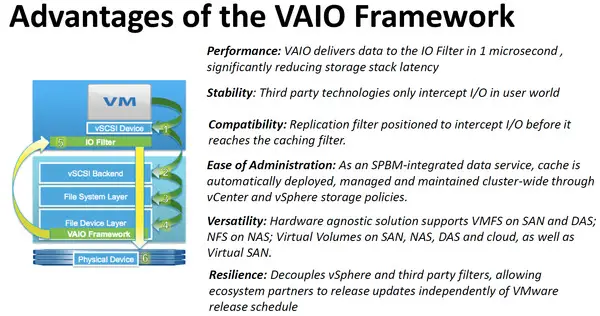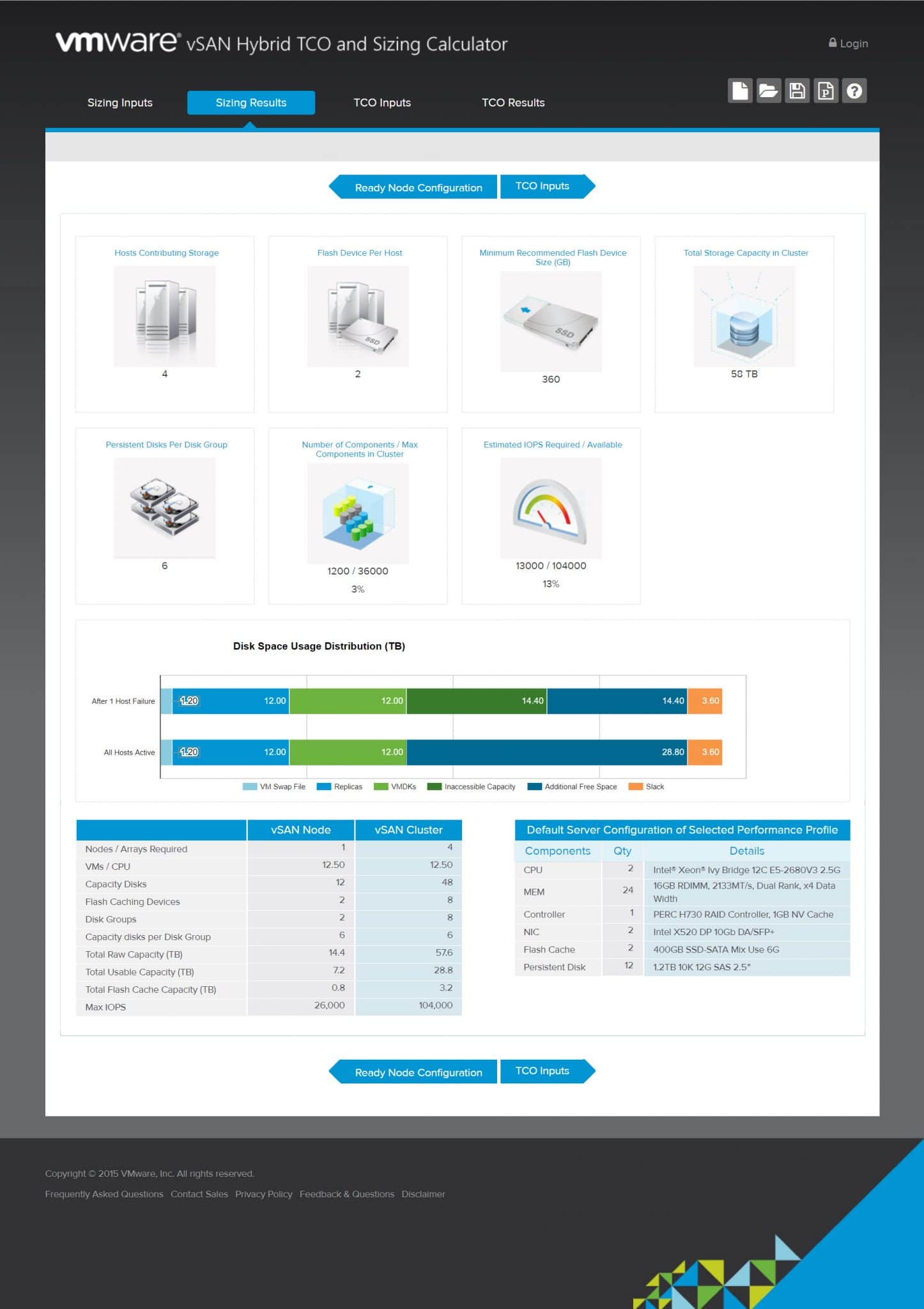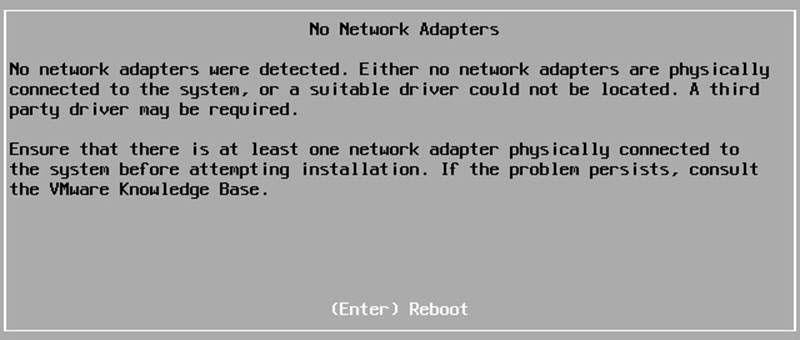Recommended Settings on Windows 10 for VDI
Windows is still most popular operating system for clients in over the world. Windows is installed on more than 80% of all desktop and laptops. So our users are addicted to Windows. I have real experience about our customers with other operating systems. Actually, most people is born in a home with Windows desktops or Windows laptops. They have grown up with Microsoft Outlook and other Windows application, so they can’t work with other operating systems.


